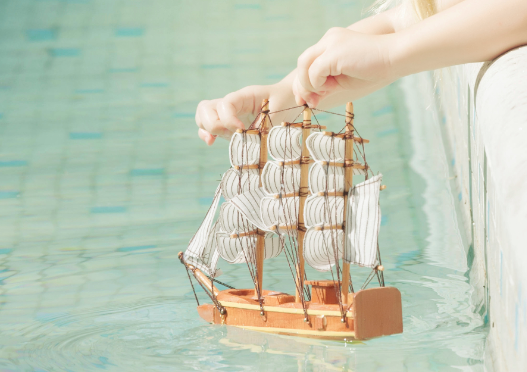
Credit: ThinkStock
Gut health is all the rage in health news these days. From probiotics and high-fiber nutrition to surgical procedures for fecal implantation (that’s right—putting someone else’s feces up in your intestines), medical professionals are keen to investigate the role of intestinal microbes in overall wellness. Not surprisingly, corporations are happily along for the ride dragging gads of products in tow.
Of the various eats thought to help intestinal heavy-lifting, fermented food with its gut-friendly microbes really does a body good.
In fact, civilizations have long tapped into this superfood: Asian cultures heavily relied on fermented dishes like kimchi to sustain nutrition between harvests, and Eastern Europe has likewise fed on sauerkraut for hundreds of years. The dish has long-been so beloved by Germans, it inspired their derogatory nickname, "Krauts," by the Allies during World War II.
And you've got to give it to them, it may taste fairly putrid (depending on your palette) but this stuff is created in a cinch. With little more than cabbage and some salt, you can quickly crank out some grade A sauerkraut—or at least grade B—that’s teeming not only with gut-friendly microbes, but a host of vitamins as well! In fact, the process of fermentation considerably increases the amount of vitamins normally present in cabbage—a byproduct of the bacteria that fuels fermentation.
But beyond sauerkraut’s association with Oktoberfest and hotdogs, the dish had an integral role to play in a major era in the Western World.
How Sauerkraut Saved The Golden Age of Sail
Between the 16th t mid-19th centuries, major European powers traversed the high seas for trade and war (and back again). But meanwhile scurvy took a heavy toll—to the tune of about two million deaths. Indeed, it affected nearly every long-distance sailing journey of this period.
Ah scurvy. That wretched curse o’ the sea brought on by vitamin C deficiency during long voyages. The body needs this vitamin for protein production and cell health, and when it goes AWOL, things get real bad.
For instance, one ship that set sail in 1740 with 2,000 able seaman, returned to England with less than 700 men who hadn’t perished from the disease. A chaplain aboard described the gory symptoms: “[T]hose affected have skin as black as ink, ulcers, difficult respiration, rictus of the limbs, teeth falling out and, perhaps most revolting of all, a strange plethora of gum tissue sprouting out of the mouth, which immediately rotted and lent the victim’s breath an abominable odor.”
Mmm, sprouted gum tissue.
But Where Does 'Kraut Come in?
This ill-fated ship at least succeeded in bringing increased scrutiny to the scourge. One investigator, a Scottish naval surgeon, noticed the correlation between severely limited diets and the onset of scurvy. Experiments demonstrated that citrus fruits (high in vitamin C—though they didn’t realize that at the time) provided the most effective cure.
Great—so bring lots of citrus aboard ships . . . as long as the trips are brief. But for ships at sea for months at a time? Fruit rot city.
Back to the drawing board. And since ships continued to sail regardless of the continued scurvy-toll (seamen were relatively cheap, after all) the British crown figured it could work in some real-time experimentation. The powers that be outfitted four large vessels with a variety of different foods, hoping some would prove effective.
Luckily, the ship of Captain James Cook (of Hawaii infamy) had on board close to 8,000 pounds of sauerkraut. Because when experimenting with potentially disease-preventing foods—go big or go home. Happily the gamble worked out, as they had stumbled on a jackpot of vitamin C. Cook was gone for a staggering three years of sauerkraut-ed on the sea bliss, with nary a death from scurvy. He eagerly reported the success when back on the shores of Merry England.
And that’s how fermented cabbage saved sailors of the Age of Sail . . . or at least kept them alive long enough to meet other types of misery or death on board. But hey, you can’t win them all.
So, should you choose to venture into the world of fermented cabbage on your quest for gut euphoria, take a moment to feel solidarity with your sailing brethren of the past. And savor the feeling of blissfully unsprouted gums.




